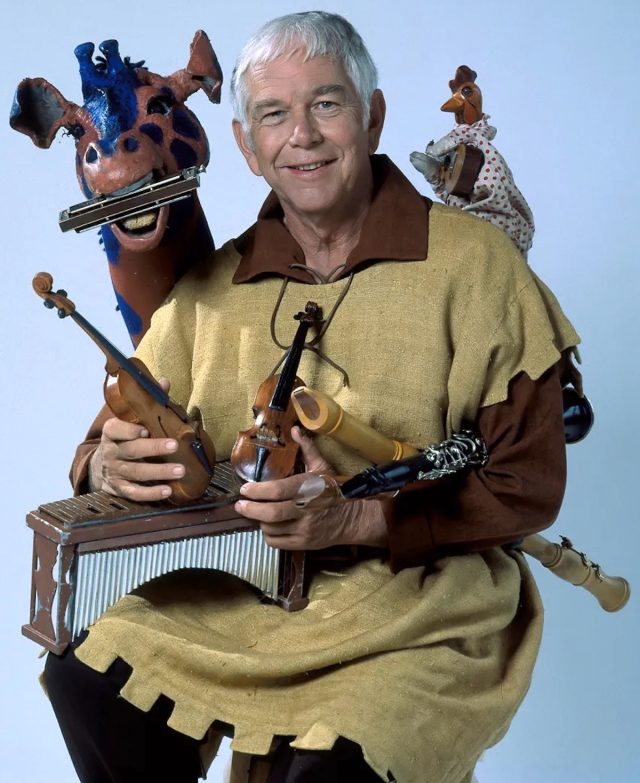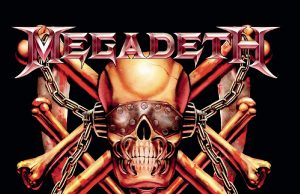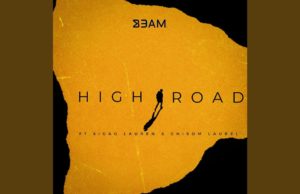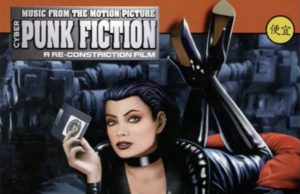 Everybody dislikes the sound of some musical instrument. My girlfriend hates bagpipes. I don’t care for the saxophone in rock music (though it’s awesome when used for jazz). I also could do without fretless electric bass. I have a few friends who loathe the electric guitar. Another one of my pals hates any music with synth in it. Some roll their eyes at the banjo and accordion.
Everybody dislikes the sound of some musical instrument. My girlfriend hates bagpipes. I don’t care for the saxophone in rock music (though it’s awesome when used for jazz). I also could do without fretless electric bass. I have a few friends who loathe the electric guitar. Another one of my pals hates any music with synth in it. Some roll their eyes at the banjo and accordion.
But let’s focus on two awful instruments — usually played by children — which anyone with a pulse would probably set on fire if heard for more than a minute or two: The recorder and the kazoo. Both have made shockingly numerous appearances on rock & pop records over the years.
The kazoo has been the fuzz-tone of choice for a wide range of artists — Jimi Hendrix tried to emulate one on Crosstown Traffic from 1968’s Electric Ladyland. It’s actually Jimi playing it as well — except, it’s not a real kazoo, it’s a comb and tissue paper. Australian prog rockers Tame Impala feature a kazoo on 2009’s epic Sundown Syndrome, which most would probably mistake for fuzz guitar.
American inventor Warren Herbert Frost developed and named his patent #270,543 “The Kazoo” on Jan. 9, 1883. It didn’t look at all like the common, modern metal kazoo which was patented on May 27, 1902 by George D. Smith. The wretched little thing wasn’t put into mass production until the Original American Kazoo Co. did so in a two-room factory in Eden, N.Y., in 1916. The factory,which has remained almost the same ever since, is still in operation, producing 1.5 million metal kazoos each year.
Apart from novelty songs and kids stuff, the kazoo started making appearances in mainstream pop in the early 1960s. So Long Baby (1961) by Del Shannon has a kazoo in it, so does Johnny Get Angry (1962) by Joanie Sommers. It’s her biggest hit. Dion’s Little Diane (1962) features kazoo, while Jesse Fuller’s San Francisco Bay Blues (1962) has a kazoo solo.
Just like Hendrix did the following year, The Beatles used a comb and paper for the kazoo sound in Lovely Rita on Sgt. Pepper’s Lonely Hearts Club Band — performed by all four Beatles. It was during the making of this song that the members of Pink Floyd, recording Piper At The Gates Of Dawn in the next room, were invited in to watch. Floyd used a kazoo the following year on 1968’s Corporal Clegg from Saucerful Of Secrets. It was performed by David Gilmour.
In the video, Gilmour is seen with a slide whistle, not a kazoo. He’s also shown singing, when the lead on this song is actually performed by none other than drummer Nick Mason.
The ‘kazoo’ you hear on Ringo Starr’s 1973 hit, a cover of You’re Sixteen, is just Paul McCartney emulating one. In the liner notes, Macca is credited with “vocal sax solo.” Grateful Dead members Phil Lesh, Jerry Garcia and Bob Weir all play kazoo on Anthem Of The Sun’s Alligator. The Mothers Of Invention used bits of kazoo on Hungry Freaks, Daddy, from their debut album Freak Out.
The undisputed queen of the kazoo has to be the late Barbara Stewart, who not only performed a Kazoophony at Carnegie Hall, but even wrote a book about the instrument.
From here we move on to the hated recorder. Hated for sure if you’ve ever had school-age children living in your house, practising shrill and awkward renditions of Mary Had A Little Lamb and Hot Cross Buns. I think I may have thrown a recorder on the roof once. But the plastic Satan stick has also brought me to tears once, genuinely.
I’m the youngest of four kids by nearly a decade. One thing we all have in common is growing up with The Friendly Giant. Played by American-born Bob Homme, the giant was on CBC television from 1958 to 1985 — from the year before my sister was born until I was 12. For the theme song to his show, Homme performed an instrumental version of Early One Morning on recorder, and often jammed in his castle’s “music room” with a handful of puppet beasts. Specifically, jazz cats Angie & Fiddle, raccoons Patty & Polly on recorder and bassoon and Buster the rooster on electric bass.
In 1994, while attending the photojournalism program in Belleville, Ont., I cold-called Homme, whose name I found in the Grafton, Ont., phone book. He agreed to let me come visit and photograph him. Little did I know he had all the props and puppets there in his basement office. As I sat in a wheelie office chair, handling the Jerome the Giraffe puppet, Homme picked up his iconic recorder and started playing Early One Morning. I’ve never cried like that since. We went upstairs and buttered some still-warm, fresh-baked bread his wife had just made. It was an incredible day.
So, while a sceptre of pure evil in the hands of a child, the recorder is capable of magic among adults. Just get a load of some of the songs which feature recorder and recorder solos — on Ruby Tuesday by The Rolling Stones (played by Brian Jones), Wild Thing by The Troggs, Fool On The Hill by The Beatles, If 6 was 9 by the Jimi Hendrix Experience, and Led Zeppelin’s Stairway To Heaven.
Recorders date all the way back to the Middle Ages in Europe and became popular during the Renaissance and baroque periods. They were a popular hobby instrument for royalty. By the 1500s, the instrument became more widely available to the public, and sheet music specifically for the recorder started being produced. Besides Zeppelin, Beatles and Stones, both J.S. Bach and Antonio Vivaldi wrote pieces for recorder. It wasn’t really until the 1950s that they wound up in the hands of schoolkids, due to the fact that it’s a reedless woodwind that is simple to play. All you need to do is learn the fingerings.
Quietly.
Outside.
• • •
Area Resident is an Ottawa-based journalist, recording artist, music collector and re-seller. Hear (and buy) his music on Bandcamp, email him HERE, follow him on Instagram and check him out on Discogs.











































